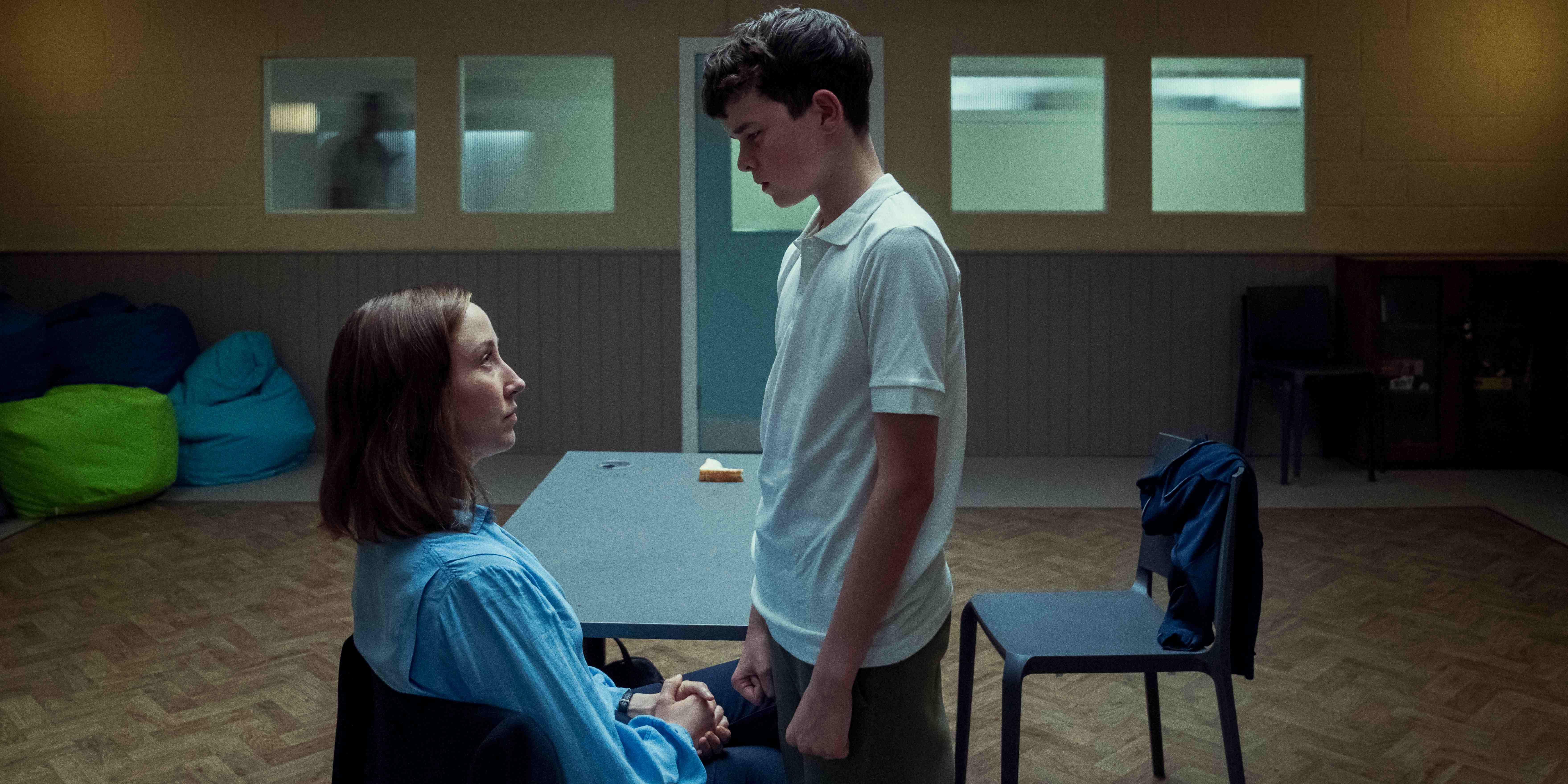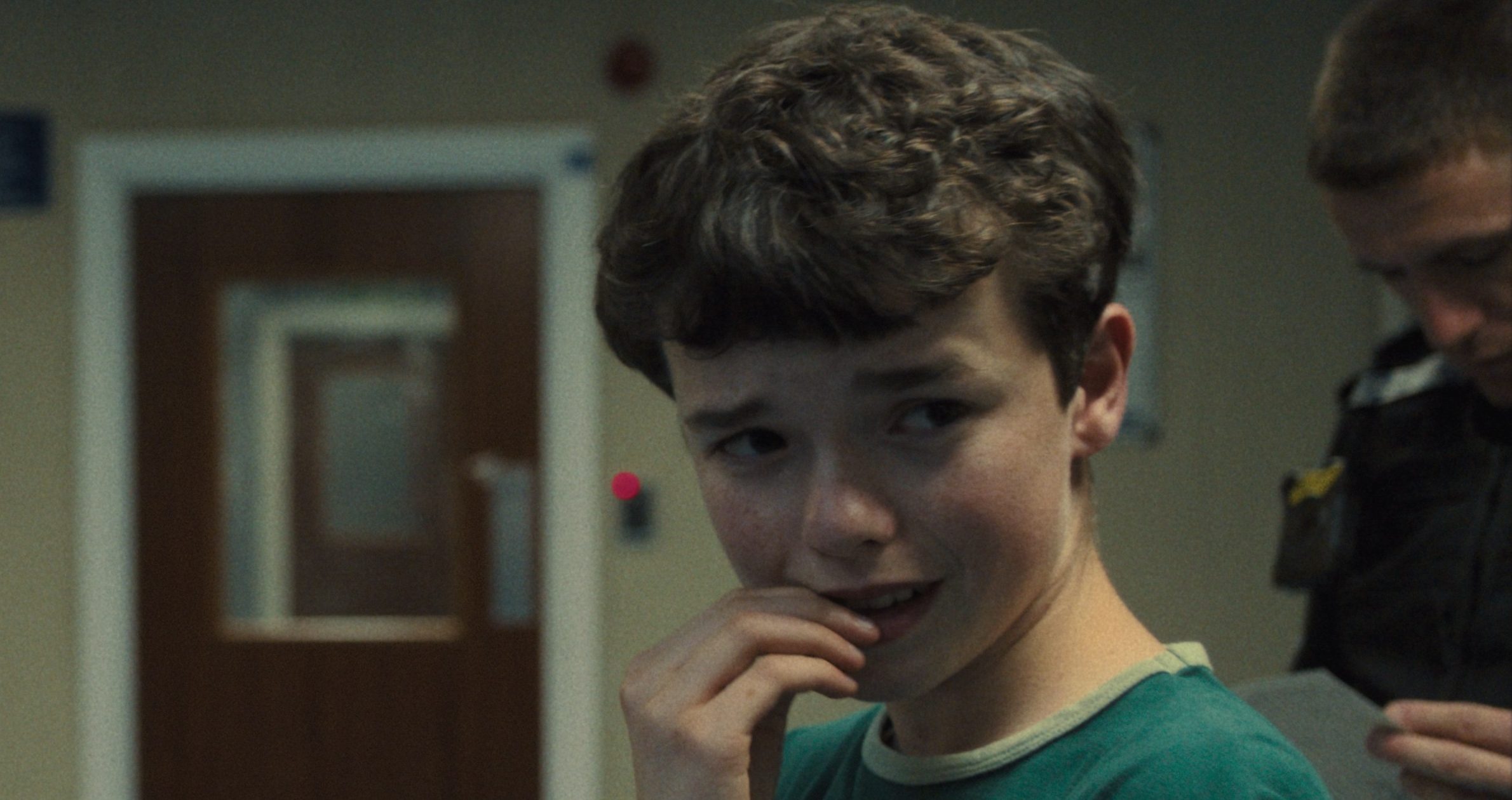Netflix’s ‘Adolescence‘ revolves around the arrest of a 13-year-old schoolboy named Jamie Miller, who is accused of killing his schoolmate, Katie Leonard. As the Miller family comes to grips with the accusation, they have to navigate their personal battles with grief, shock, and tragedy while trying to survive the psychological toll it takes on their fraught bonds. Meanwhile, Jamie becomes the centerpiece of their complicated lives and communal disharmony as the authorities begin investigating his motives behind murdering Katie. The show takes an intimate look into his side of the story, attempting to piece together the complex details that led to his drastic actions and how they reverberated across the pond to his family. To that end, the character plays a pivotal role throughout the narrative, even when absent from the onscreen drama.
Jamie Miller is a Fictional Killer With Vague Ties to Reality
Jamie Miller is the main character at the heart of ‘Adolescence,’ whose family’s lives are upended following his murder of Katie Leonard. He is brought to life by Stephen Graham and Jack Thorne. Although fictional in conception, the character and the murder he is accused of touch upon a contingent of real-life incidents that sparked the genesis of the series. According to Graham, the show is based on numerous murder cases involving stabbing, which prompted him to raise the question of why. The co-creator, who also stars as Eddie Miller, Jamie’s father, stated that he was inspired by three incidents in particular: the stabbing of a young girl in Liverpool by a young boy, a murder stabbing of a young girl in south London, and the murder of Brianna Ghey, who was stabbed to death by two teenagers. As such, the character of Jamie Miller represents an array of disturbing crimes across the UK, mainly perpetrated by young boys.

It was important for Graham to avoid stereotypes when writing Jamie’s character. He and Thorne wanted to construct a narrative that showcased the complexities of a case where there are no easy outs for those involved, including the murderer. To that end, the writing duo decided to avoid touching upon cliched storytelling devices like abusive or negligent parents. Instead, the accountability of Jamie’s extremities falls upon all the people in his life, himself, and the community around him. It presents a more comprehensive look into his situation and how youngsters like him end up in a dark and dangerous position, albeit in an exaggerated sense. “I wanted him to be a kid from a working-class background whose parents were hard-working,” Graham said. The absence of a clear gap in his childhood formation lends a more complex picture to his story, showcasing that sometimes terrible things happen for reasons that cannot be easily understood.
In some ways, the character embodies the anxieties of modern parenting and the fear that no matter how well one raises their child, cases like Jamie’s can always happen. Under such circumstances, the only avenue for recovery is to acknowledge and accept that such things happen without rationalizing it and to embrace the responsibility that comes with it. Jamie’s parents struggle with the fact that their son, who shows every sign of being a good, bright, and academically oriented child, could go down such a path. However, ‘Adolescence’ tries to show that reality in all its complexities without shirking away from its devastating consequences on those surrounding the perpetrator and victim. His presence in the story promotes a message of understanding and acceptance, which are hard to muster in periods of darkness. Still, it is worth remembering even if the character himself does not exist in real life.
Read More: Adolescence Episode 1 and 2 Recap


